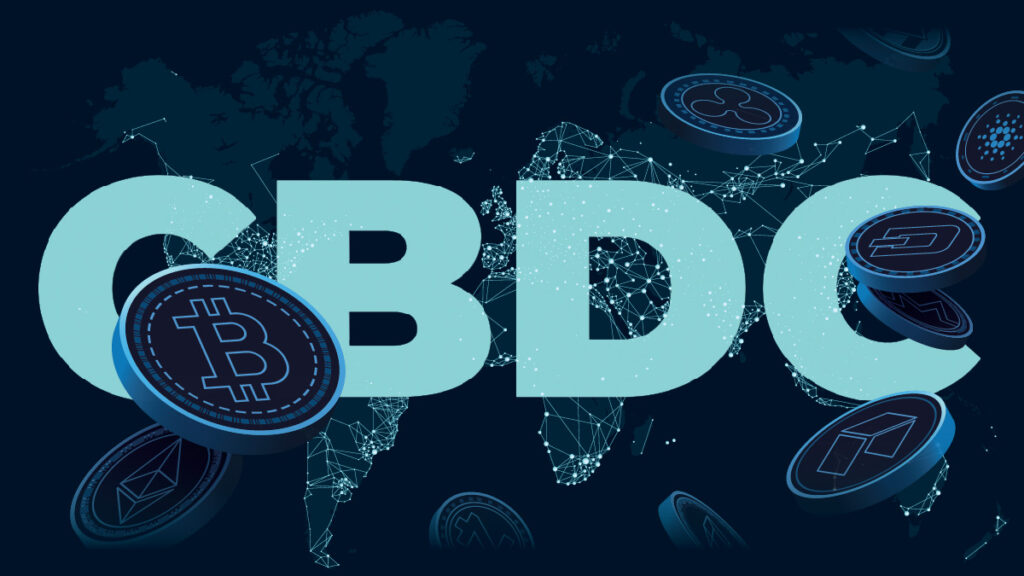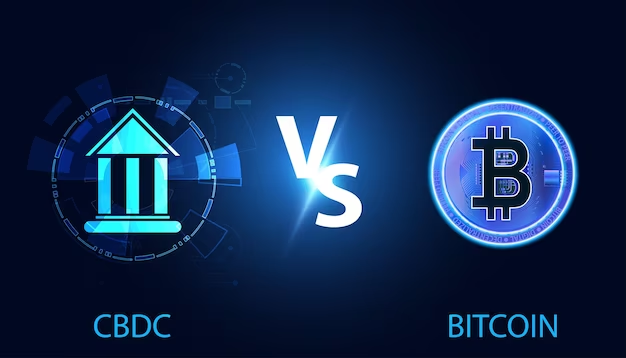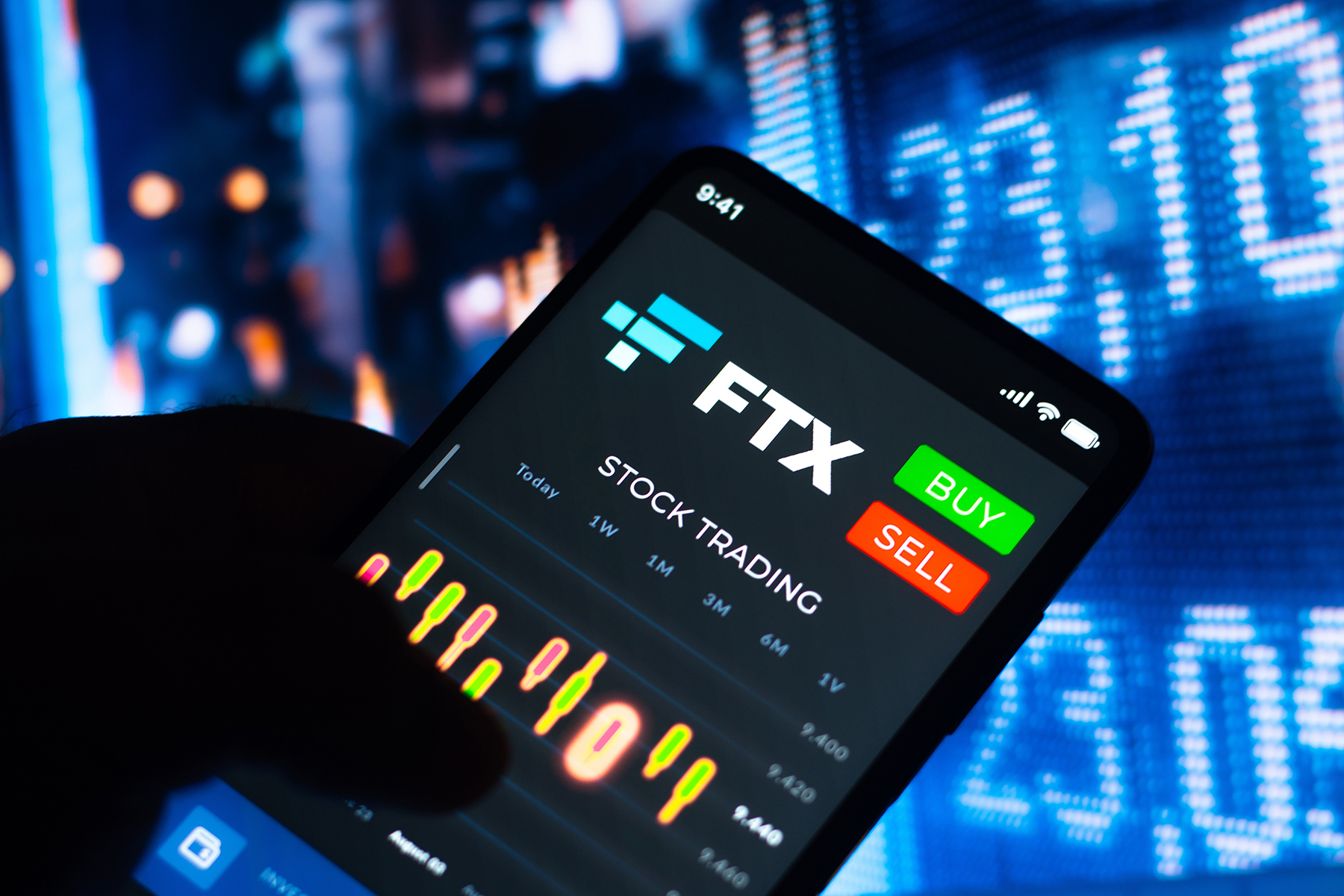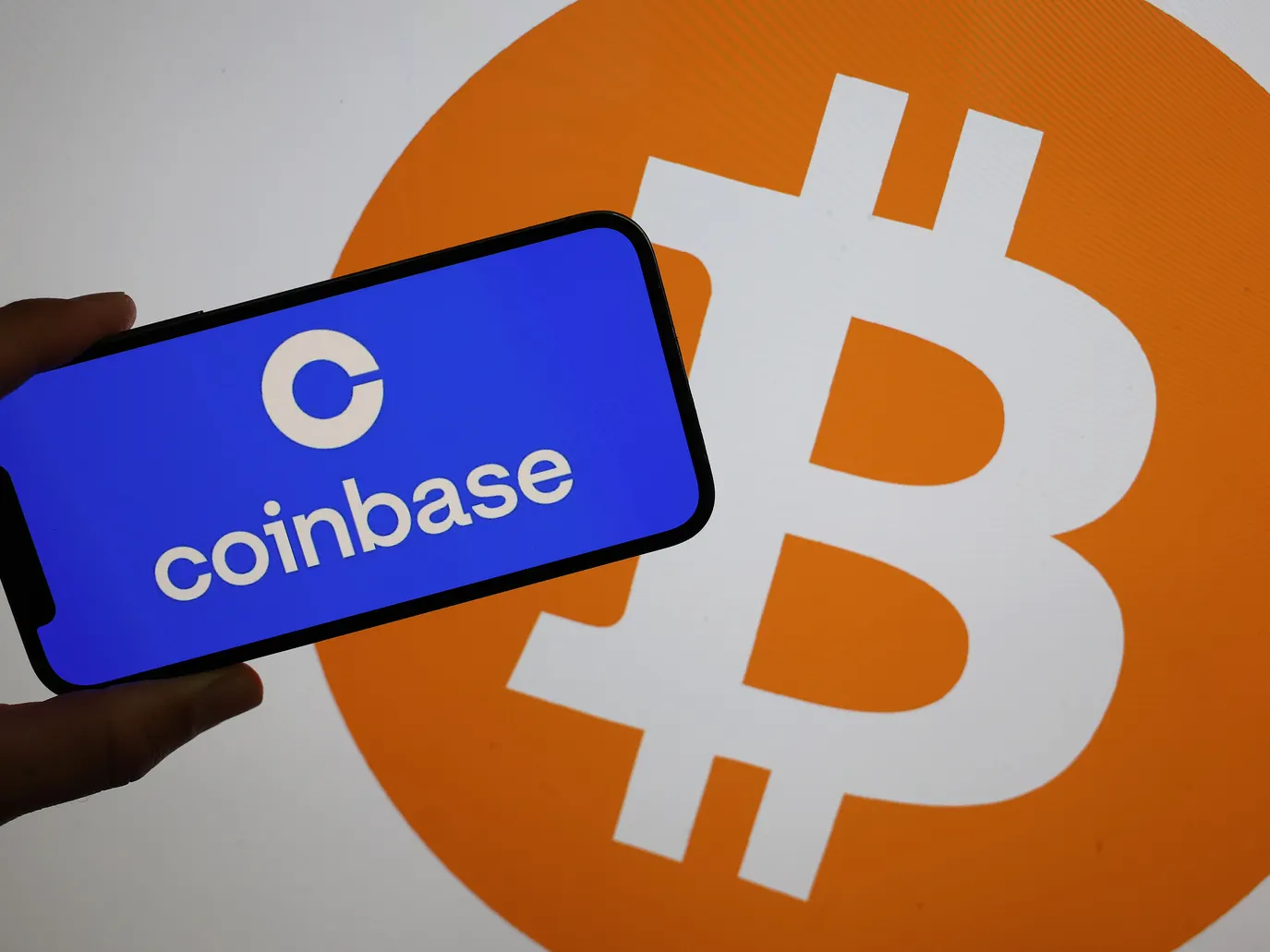Introduction
In recent years, the rapid advancement of blockchain technology has led to significant developments in the world of finance, particularly with the rise of cryptocurrencies like Bitcoin and the emergence of Central Bank Digital Currencies (CBDCs). These two types of digital currencies represent fundamentally different approaches and philosophies: Bitcoin champions a decentralized financial system outside government control, while CBDCs embody a digital extension of conventional fiat currencies, maintaining state sovereignty over monetary policy. This article delves into the competition between these two models and explores their implications for the future of finance.
Bitcoin vs. Central Bank Digital Currency (CBDC)
The Rise of Bitcoin and Decentralized Cryptocurrencies
Bitcoin, introduced in 2009, was the first cryptocurrency and remains the most well-known and widely used. Its creation was rooted in the vision of a decentralized financial system – one where transactions could be made peer-to-peer, without the need for a central authority. This aspect of decentralization is arguably Bitcoin’s most revolutionary feature, appealing to those who prefer a financial system with greater privacy, reduced government oversight, and lower transaction costs on a global scale.
Cryptocurrencies: The Rise of Decentralized Money
The Advent of CBDCs
In response to the cryptocurrency boom and as a way to modernize financial systems, numerous central banks around the world are either considering or actively developing their own digital currencies. CBDCs are state-issued and backed, providing the same fiat currency value as physical money, but in a digital form. Unlike Bitcoin, CBDCs are centralized; they are issued and regulated by national monetary authorities. This centralization allows governments to maintain control over monetary policy, potentially increasing the efficiency of economic policy implementations.
The Advent of Central Bank Digital Currency
Key Differences and Their Implications
1. Control and Oversight:
Bitcoin operates on a decentralized network, which means no single entity controls the currency. This poses challenges for regulators and financial authorities used to exercising control over monetary systems.
CBDCs offer central banks the ability to trace transactions comprehensively, which can help combat financial crimes but also raises concerns about privacy and government surveillance.
2. Financial Inclusion:
Bitcoin has made financial services accessible to users worldwide, including those without access to traditional banking. However, the volatility of Bitcoin can pose risks to uninformed investors.
CBDCs are designed to boost financial inclusion by providing digital money to citizens who lack access to banking facilities, with the stability of a traditional currency.
3. Impact on Traditional Banking:
Bitcoin challenges the traditional banking model by removing the need for intermediaries in financial transactions.
CBDCs, while also digital, are expected to integrate into existing financial systems more smoothly, potentially reshaping the role of commercial banks and leading to new models of banking.
4. Technological Infrastructure:
Bitcoin relies on blockchain technology, which provides security and transparency but requires significant computational power.
CBDCs may use various technologies, and their design would likely be more adaptable to existing financial infrastructures.
Bitcoin vs. CBDCs: What will dominate the digital currency landscape?
Future Scenarios and Considerations
As CBDCs become more common, they could potentially coexist with cryptocurrencies like Bitcoin, serving different needs and purposes. For instance, CBDCs could be used for day-to-day transactions and policy implementations, while Bitcoin and other cryptocurrencies might continue to find their niche in global money transfers, investment, and serving unbanked populations.
However, the potential for competition or integration between CBDCs and cryptocurrencies will depend largely on regulatory approaches and technological advancements. Policymakers will need to balance innovation with stability, and privacy with security, to ensure that the benefits of both digital currencies are realized while mitigating their risks.
An Undervalued Vision of the Future: Central Bank Digital Currencies (CBDC)

Conclusion
The competition between CBDCs and Bitcoin underscores a broader shift towards digital finance, reflecting a blend of old and new approaches. The future of finance might not hinge on whether CBDCs or Bitcoin will prevail, but on how these two models can coexist and evolve to meet the diverse needs of a rapidly changing world.




















